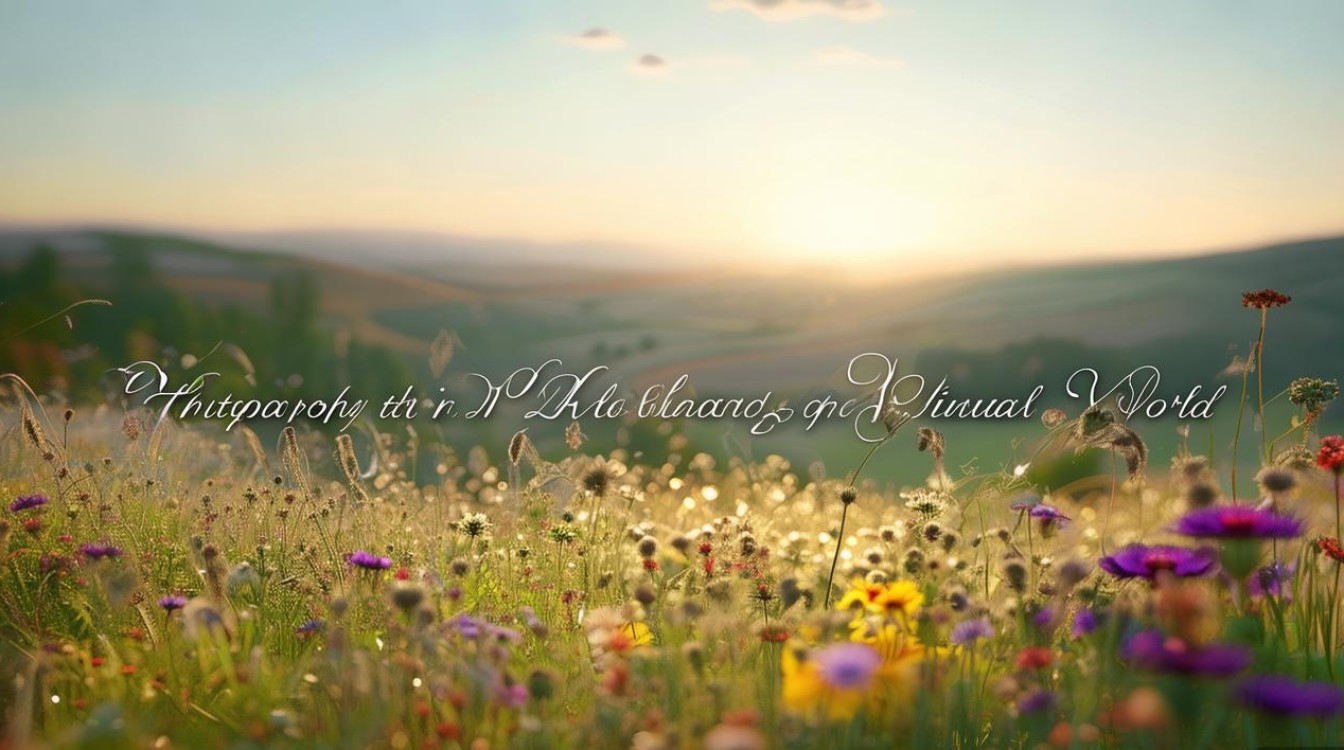Photography is more than just capturing images; it is a form of art, a medium of storytelling, and a way to preserve memories. Whether you are an enthusiast or a beginner, discussing photography in casual settings often involves a mix of technical jargon, creative insights, and personal experiences. This article explores common photography-related topics, breaking them down into digestible sections to help you engage in meaningful conversations.

Understanding the Basics of Photography
At its core, photography revolves around three fundamental elements: aperture, shutter speed, and ISO. These components, often referred to as the "exposure triangle," work together to determine how light or dark an image appears.
- Aperture controls the size of the lens opening, affecting depth of field. A wide aperture (e.g., f/1.8) creates a shallow depth of field, blurring the background, while a narrow aperture (e.g., f/16) keeps everything in focus.
- Shutter speed dictates how long the camera's sensor is exposed to light. Fast shutter speeds (e.g., 1/1000s) freeze motion, while slow speeds (e.g., 1s) create motion blur.
- ISO measures the sensor's sensitivity to light. Higher ISO values (e.g., 3200) are useful in low-light conditions but may introduce digital noise.
Mastering these settings is crucial for achieving the desired creative effect. For beginners, starting in aperture-priority or shutter-priority mode can simplify the learning process.
Camera Gear: Choosing the Right Tools
The debate between DSLRs and mirrorless cameras is a frequent topic among photographers. Both have their pros and cons:
| Feature | DSLR | Mirrorless |
|---|---|---|
| Size and Weight | Bulkier due to mirror system | Compact and lightweight |
| Autofocus | Reliable phase-detection | Faster and more accurate |
| Battery Life | Longer-lasting | Shorter due to electronic viewfinder |
| Lens Availability | Extensive range of legacy lenses | Growing, but more expensive |
Beyond camera bodies, lenses play a pivotal role in shaping the final image. Prime lenses (fixed focal length) offer superior sharpness and wider apertures, while zoom lenses provide versatility. Accessories like tripods, filters, and external flashes can further enhance image quality.
Composition and Creativity
Great photography isn’t just about technical settings; it’s about composition. The rule of thirds, leading lines, and framing are foundational techniques to create visually appealing images.
- Rule of Thirds: Divide the frame into a 3x3 grid and place key elements along the lines or intersections.
- Leading Lines: Use natural or man-made lines (e.g., roads, rivers) to guide the viewer’s eye.
- Framing: Use elements like windows or arches to frame the subject, adding depth.
Experimenting with different perspectives—shooting from high angles, low angles, or close-ups—can also transform an ordinary scene into something extraordinary.
Editing and Post-Processing
While capturing a great shot is essential, editing can elevate it to the next level. Software like Adobe Lightroom, Photoshop, and free alternatives like GIMP or Snapseed offer powerful tools for adjusting exposure, color balance, and sharpness.
Basic editing steps include:
- Cropping and Straightening: Improve composition.
- Adjusting Exposure: Fix underexposed or overexposed areas.
- Color Correction: Enhance or alter colors to match the desired mood.
- Noise Reduction: Reduce graininess in low-light images.
However, moderation is key; over-editing can make images look unnatural.
Photography as a Hobby and Career
Many people start photography as a hobby, capturing moments of family, travel, or nature. Over time, some may consider turning it into a career. Professional photography spans various genres, including:
- Portrait Photography: Focuses on individuals or groups.
- Landscape Photography: Captures natural scenery.
- Street Photography: Documents everyday life in public spaces.
- Wildlife Photography: Photographs animals in their habitats.
Building a portfolio, networking, and marketing are essential steps for those pursuing photography professionally. Platforms like Instagram and Behance can showcase work to a broader audience.
Challenges and Growth in Photography
Every photographer faces challenges, whether it’s dealing with difficult lighting conditions or creative blocks. Continuous learning is vital—watching tutorials, attending workshops, and analyzing others’ work can provide inspiration and improve skills.
Patience and persistence are equally important. Photography is a journey of constant experimentation and refinement. Embracing mistakes as learning opportunities helps in developing a unique style.
FAQs
What’s the difference between JPEG and RAW file formats?
JPEG is a compressed format that reduces file size but loses some image data. RAW files are unprocessed, retaining maximum detail and flexibility for editing but requiring more storage space. RAW is preferred for professional work, while JPEG is convenient for casual use.
How can I improve my low-light photography?
To improve low-light photography:
- Use a wider aperture (e.g., f/2.8) to let in more light.
- Increase ISO, but balance it to avoid excessive noise.
- Use a tripod or stabilize the camera to prevent blur from slow shutter speeds.
- Consider investing in a camera with better low-light performance.
In conclusion, photography is a versatile and rewarding pursuit that blends technical skill with artistic vision. Whether you’re capturing memories or exploring creative expression, understanding the basics, experimenting with gear, and practicing composition can lead to stunning results. Keep learning, stay curious, and let your creativity shine through the lens.











